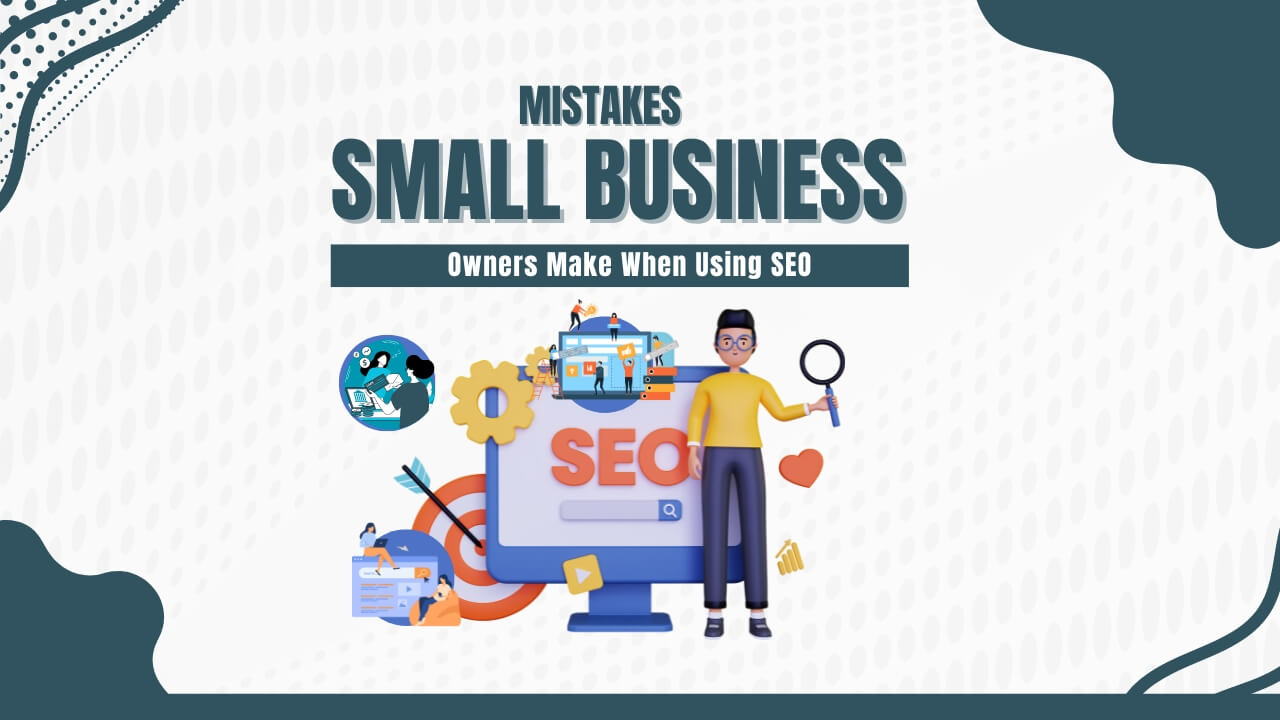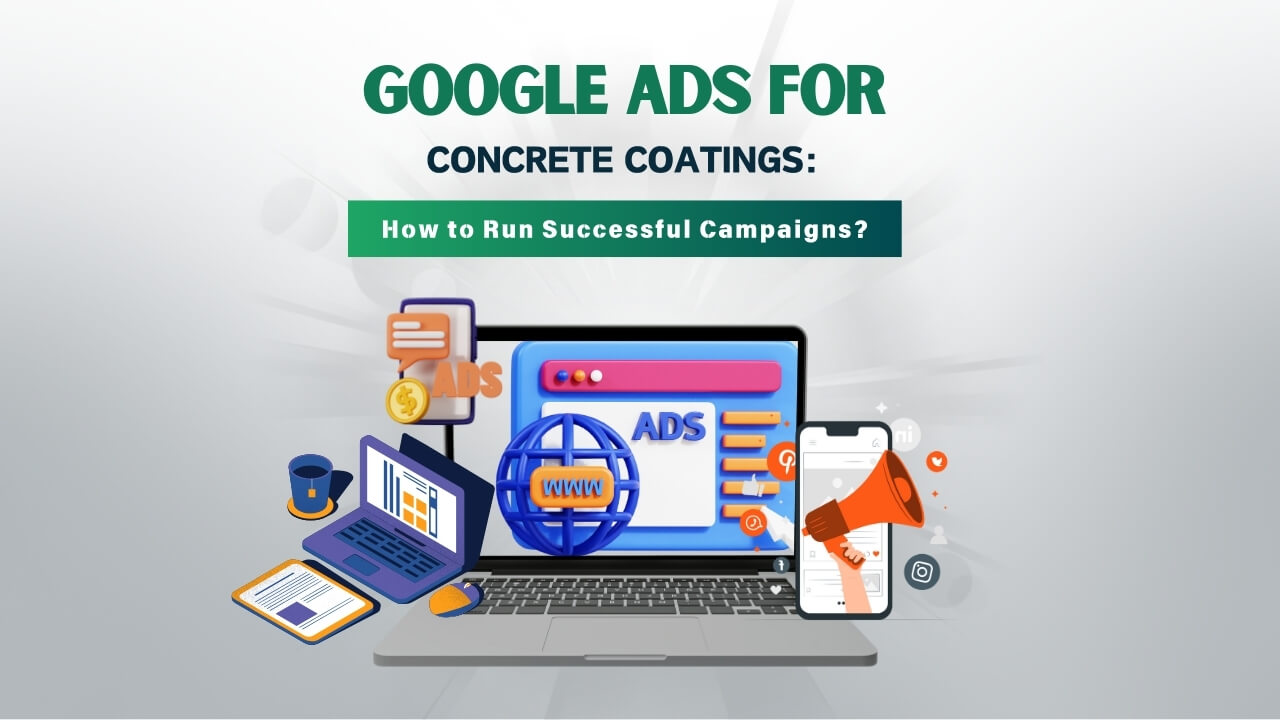Introduction
Among the bunch of various digital advertising tools available today, Google Ads and Google Shopping stand out as two of the most powerful and widely used tools by marketers all over the internet.
Both platforms have their own unique advantages to effectively cater different aspects of their online advertising, yet they often create confusion among advertisers regarding which one is better and which one to choose among them.
Google Ads, also known as Google AdWords, is basically a comprehensive online advertising platform that enables businesses to create ads that mainly appear on Google’s search engine and also on other Google properties.
Google Shopping, on the other hand, is a specialized service that allows users to search for, compare, and shop for the particular product they are looking for across different retailers who have paid to advertise their products.
The main aim of this blog is to highlight their key features, differences, and how businesses can leverage them to get maximum sales and to enhance their online presence so stay tuned with Sujit Shukla.
Whether you are a small business owner who is stepping into the world of online advertising for the first time or a seasoned marketer who is looking to refine your advertising strategy, understanding the nuances between Google Ads and Google Shopping is very important to make an informed decision regarding your online business.
What is Google Ads?
Google Ads is the most powerful online digital advertising platform that has majorly helped to revolutionize the businesses approach to online marketing. It was launched by Google in October 2000, it has become the go-to solution for businesses who are looking to promote their products or services online on the internet.
Google Ads mainly operates on a pay-per-click (PPC) model, where advertisers bid on specific keywords which are relevant to their targeted audience and have to only pay when someone clicks on their ads.
This model does allow a high degree of control over the advertising budgets and enables the advertisers to target their audience who are actively searching for their related products or services.
Types of Google Ads
- Search Ads: These are basically text based ads that mainly appear on the Google search results pages based on the keywords selected by advertisers. These ads are highly effective to capture the attention of users who are actively searching for the related products or services.
- Display Ads: Display ads are basically visual banners that are mainly shown on the websites within the Google Display Network. This network spans over two million websites, effectively reaching over 90% of the internet users worldwide. Display ads are excellent to build brand awareness and to retarget the users effectively.
- Video Ads: it basically runs on YouTube and across the web, video ads allows businesses to easily engage with their audience in a dynamic and impactful way. Video ads can easily be used to target the audience based on the specific demographics, interests, and viewing behaviors.
- Shopping Ads: Shopping ads mainly showcase the products directly in Google search results and also on the Google Shopping tab. They mainly include product information like images, prices, and merchant names. While part of Google Ads, Shopping ads deserve special mention for their direct integration with the ecommerce website.
- App Ads: App Ads are mainly designed to promote mobile apps, these ads mainly appear in Google’s properties, which includes Search, Google Play, YouTube, and other various Google Display Network. App ads mainly use machine learning to optimize for the best performance.
Benefits of Google Ads
- Targeted Advertising: Google Ads mainly offers sophisticated targeting options, which includes keywords, location, demographics, and device type, ensuring that your ads are shown to the relevant target audience.
- Measurable ROI: With Google Ads, every aspect of your campaign is easily measurable, whether its number of clicks and impressions to conversions and ROI, which will effectively help the advertiser to make a data driven decision.
- Flexibility: The platform also offers flexibility in budgeting, with no minimum spending requirement. Advertisers can start, pause, or stop their campaigns whenever they want based on their requirements.
- High Intent Audience: By targeting keywords with buying intent, Google Ads can capture the attention of users who are ready to make a purchase, which will effectively lead to higher conversion rates.
Challenges of Google Ads
- Complexity: The platform’s vast array of features and settings might be sometimes confusing for the beginners.
- Competition: Popular keywords can be highly competitive and expensive, and also requires a strategic approach to bidding and ad optimization.
- Constant Maintenance: Successful Google Ads campaigns do require continuous monitoring and adjustment to maintain their performance and to get higher ROI.
What is Google Shopping?
Google Shopping is basically a specialized service which is mainly designed to connect shoppers with products across various retailers online.
This platform allows users to search for a particular product, to compare the pricing, and find the best deals among the different merchants who have paid to advertise their items.
Unlike traditional text ads, Google Shopping ads, also known as Product Listing Ads (PLAs), are rich in detail, featuring images, prices, and merchant names, providing a straightforward path for consumers from discovery to purchase.
How Google Shopping Works
Google Shopping mainly operates on a feed-based system. In this, retailers have to submit a product feed to Google Merchant Center, by effectively detailing their product inventory, which includes images, prices, descriptions, and more.
This feed is then used to create Shopping ads that appear on Google Shopping and within search results when someone searches for a related product. Similarly to Google Ads, Google Shopping also uses a pay-per-click model, but the focus is only on the products rather than services or broader website content.
Setting Up a Google Shopping Campaign
Setting up a Google Shopping campaign involves several key steps:
- Google Merchant Center Account: First of all Retailers have to create a Google Merchant Center account and have to effectively verify their website.
- Product Feed Submission: Then after retailers have to upload their product feed to the Merchant Center, by ensuring that all the details are correct and up-to-date.
- Google Ads Integration: The Merchant Center account has to be linked to Google Ads account, where the actual Shopping campaigns are managed.
- Campaign Creation: Within Google Ads, retailers have to effectively set up their Shopping campaigns, and also the budget, bids, and targeting options.
Benefits of Google Shopping
- Product-Focused Ads: Shopping ads do provide a visual and informative way to showcase products directly in the Google search results, improving the chances of getting high click-through rate due to the detailed information provided upfront.
- Higher Conversion Rates: Users searching for products on Google Shopping have a higher intent to purchase, often leading to better conversion rates compared to standard text ads.
- Broad Reach: Google Shopping ads can appear in multiple places, including the Google Shopping tab, Google Search results, and even the Google Display Network, offering a wide exposure for products.
- Competitive Insight: Google Shopping provides a transparent market where retailers can see their competitors’ pricing and adjust their strategies accordingly.
Challenges of Google Shopping
- Complex Setup and Management: The necessity of maintaining an accurate and detailed product feed can be daunting for some retailers, especially those with large inventories.
- Requires High-Quality Images: Success on Google Shopping heavily relies on the quality of product images, as these are the first thing a potential customer will see.
- Competition and Pricing: Retailers must be competitive in their pricing and offerings to stand out among numerous ads for similar products.
Comparative Analysis
Audience Targeting Differences
- Google Ads: it offers a wide range of targeting options which includes keywords, demographics, interests, and behaviors. This flexibility makes it suitable for a broad range of advertising objectives, from brand awareness to lead generation. It is mainly effective to reach users at different stages of the buying journey, depending on the campaign type.
- Google Shopping: Mainly targets the users with a high intent to purchase, making it ideal for direct sales and e-commerce. The targeting will be mainly product-focused, fully relying on product attributes and search queries. This direct approach is highly effective for retailers who are looking to capture customers at their starting stage of business and also at the decision making period.
Ad Formats and Visual Appeal
- Google Ads: it offers a diverse ad format which mainly includes text, image, and video ads. This wide range of variety allows the advertisers to craft compelling narratives and engage audiences in different contexts. Video ads on platforms like YouTube can give a digital push or boost to the brand visibility and engagement.
- Google Shopping: Do utilize product listing ads which mainly includes an image, price, and product description, providing a straightforward and visually appealing shopping experience directly from the search results. This format is highly effective for showcasing products and driving online sales with minimal friction.
Cost Structure and Budgeting
- Google Ads: This cost widely depends on the competition for keywords, ad quality, and campaign settings. While it offers flexibility in budgeting, some highly competitive keywords might be really expensive, requiring careful management and optimization to ensure maximum return of investment.
- Google Shopping: The cost is also mainly determined by a pay-per-click model, but mainly focuses on product and its price competitiveness in the market. Budgeting for Google Shopping campaigns also involves strategic planning based on product performance, seasonal trends, and market competition.
Performance Tracking and Metrics
- Google Ads: Provides detailed analytics that allows advertisers to track a wide range of metrics such as clicks, impressions, click-through rates (CTR), conversion rates, and more. This wealth of data supports thorough performance analysis and informed decision-making.
- Google Shopping: Offers performance metrics with a focus on product-level data, such as product views, clicks, and conversion rates. This allows retailers to understand which products perform well and adjust their strategies accordingly. Integration with Google Analytics further enhances the ability to track user behavior and conversion paths.
Integration with E-commerce Platforms
- Google Ads: Can be integrated with various e-commerce platforms through tracking codes and APIs, allowing for detailed conversion tracking and remarketing strategies. This integration is key for optimizing campaigns and improving conversion rates over time.
- Google Shopping: Requires a direct feed from the e-commerce platform to Google Merchant Center, making it somewhat more complex to set up. However, this integration allows for automatic updates of product information, ensuring that ads always reflect current prices, availability, and product details.
Choosing Between Google Ads and Google Shopping
When deciding between Google Ads and Google Shopping, there are several factors you need to consider.
- Budget: Do Consider the cost-per-click and the overall budget. Google Shopping does offer a higher ROI for e-commerce businesses due to its direct approach to product sales.
- Target Audience: If the main aim is to target the users across various stages of the buying journey with different types of content, Google Ads provides more versatility. For businesses aimed specifically at consumers ready to purchase, Google Shopping might be the best choice.
- Product Type: Google Shopping is mainly used to sell physical products. Services or non-tangible product promotions are better suited to Google Ads.
- Competition and Market: Do evaluate the competitive landscape. In highly competitive markets, it may be beneficial to utilize both platforms to maximize visibility and reach.
Optimization Strategies
For Google Ads:
- It mainly focuses on keyword optimization, also including long-tail keywords for specific queries.
- Utilizes ad extensions to provide additional information and to effectively increase the ad real estate.
- Continuously test ad copy and landing pages to improve conversion rates.
For Google Shopping:
- Ensure that the product feeds are optimized with accurate and detailed product descriptions, high-quality images, and competitive pricing.
- Also you can use negative keywords to prevent ads from appearing for unrelated searches.
- Do properly set the products into different ad groups based on the performance, category, or other relevant factors for more targeted bidding.
Common Mistakes to Avoid
- Neglecting ad quality and relevance can lead to higher costs and lower performance.
- Failing to adjust bids based on data-driven insights can result in inefficient spending.
- Overlooking the importance of mobile optimization can alienate a significant portion of potential customers.
Future Trends in Online Advertising
The future of online advertising is poised to be shaped by advancements in artificial intelligence (AI), augmented reality (AR), and increased data privacy concerns. AI and machine learning algorithms are becoming increasingly sophisticated, enabling more personalized and efficient ad targeting.
Augmented reality offers new ways for brands to engage with consumers, especially in the retail sector. Meanwhile, the push for greater data privacy is prompting advertisers to find innovative ways to reach their audiences without relying on traditional data collection methods. Adapting to these trends will be crucial for businesses looking to stay competitive in the digital marketplace.
Conclusion
Choosing between Google Ads and Google Shopping requires a nuanced understanding of each platform’s strengths, targeting capabilities, and cost structures. While Google Ads offers versatility across various advertising formats and objectives, Google Shopping provides a direct route to high-intent buyers through detailed product listings.
The decision should align with your business goals, product type, and target audience. By leveraging the insights and strategies discussed, advertisers can optimize their online presence, driving both traffic and conversions. As online advertising continues to evolve, staying informed and adaptable will ensure your advertising efforts remain effective and ahead of the curve.






